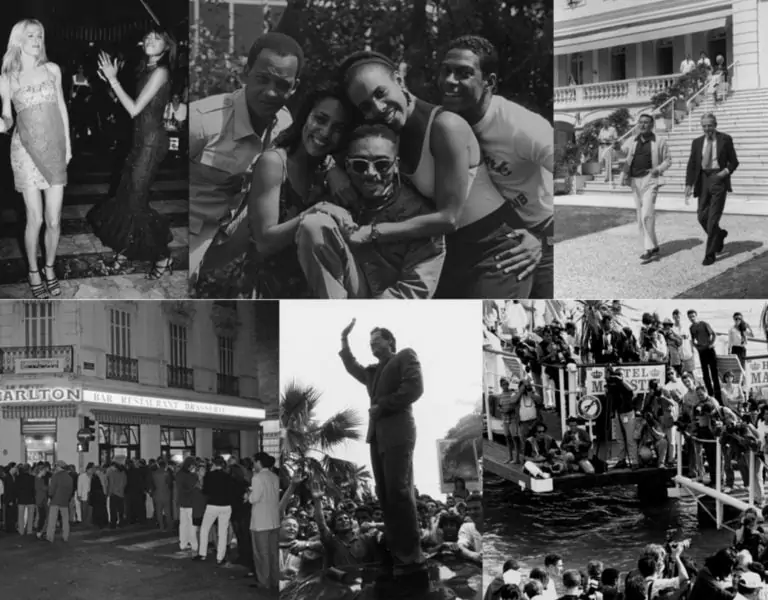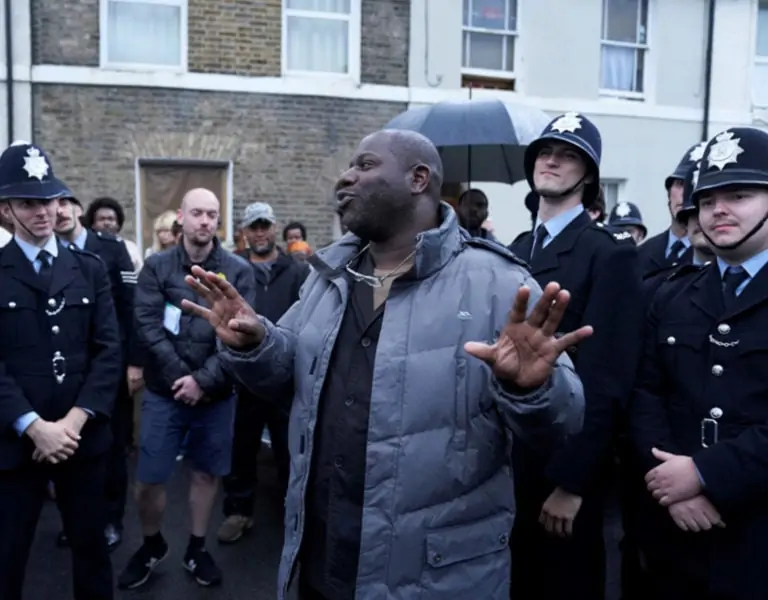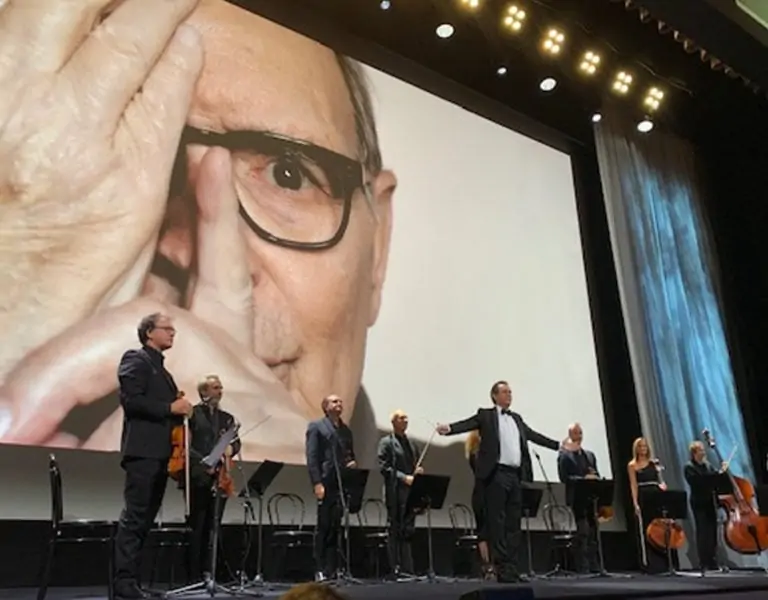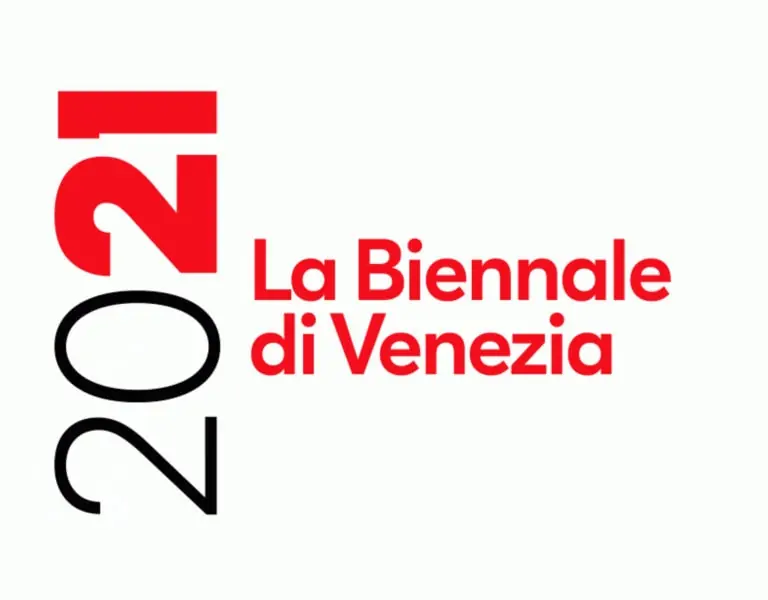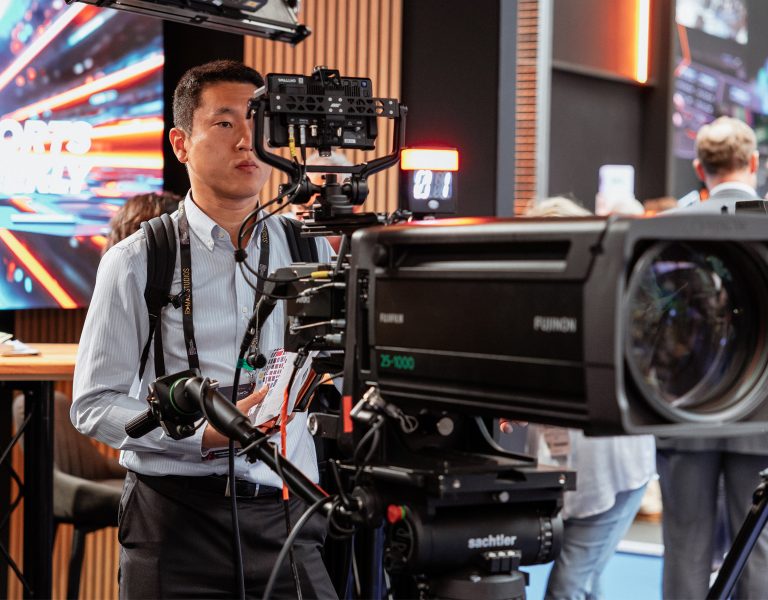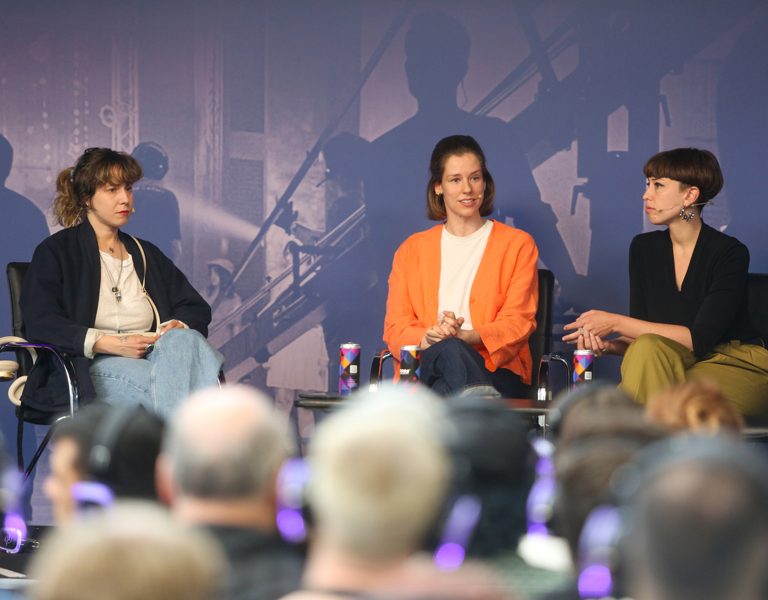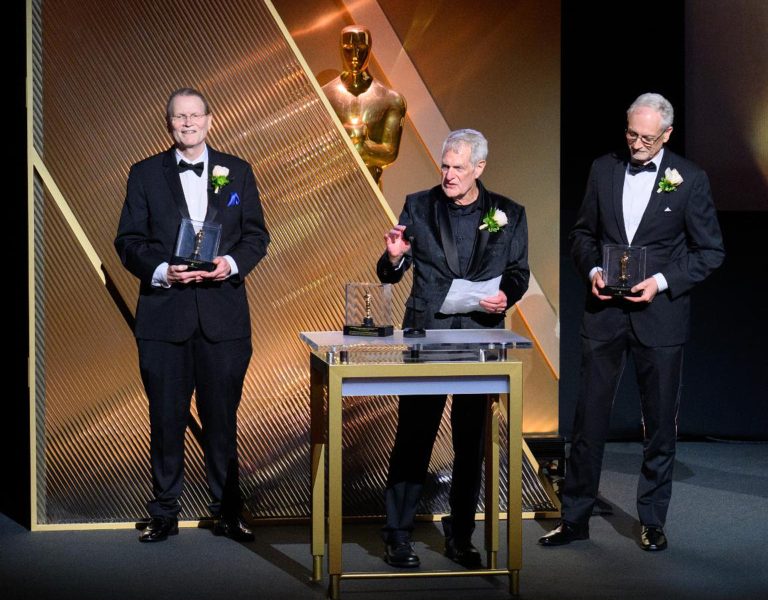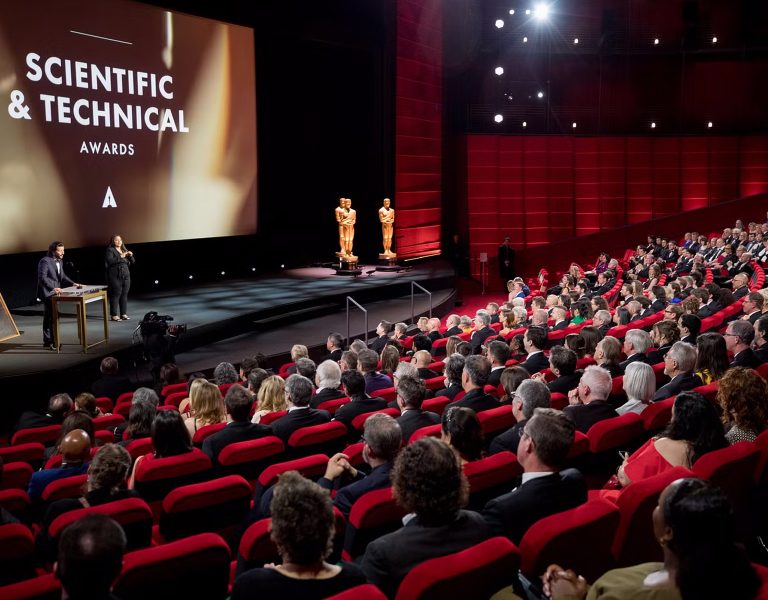
The Hitman’s Wife’s Bodyguard, the new action comedy feature starring Ryan Reynolds and Samuel L. Jackson and Salma Hayek was online edited, conformed and graded remotely under lockdown conditions at Nu Boyana Studios, London on DaVinci Resolve Studio.
Directed by Patrick Hughes and written by Tom O’Connor and Brandon and Phillip Murphy, the Lionsgate film is a sequel to the 2017 blockbuster The Hitman’s Bodyguard. Also, it stars Antonio Banderas, Morgan Freeman, Frank Grillo and Tom Hopper.
Principal photography on location in Italy, Croatia, Slovenia and Bulgaria was complete before the COVID-19 pandemic forced production lockdown, with editorial forced to continue remotely.
With the edit locked by the end of August, colourist Vanessa Taylor boarded the project to apply the grade. By this time, Hughes was back home in Melbourne, and cinematographer Terry Stacey was in New York with VFX supervision being managed at Nu Boyana Film Studios in Bulgaria. Meanwhile, Taylor was working at Nu Boyana’s grading suite in London.
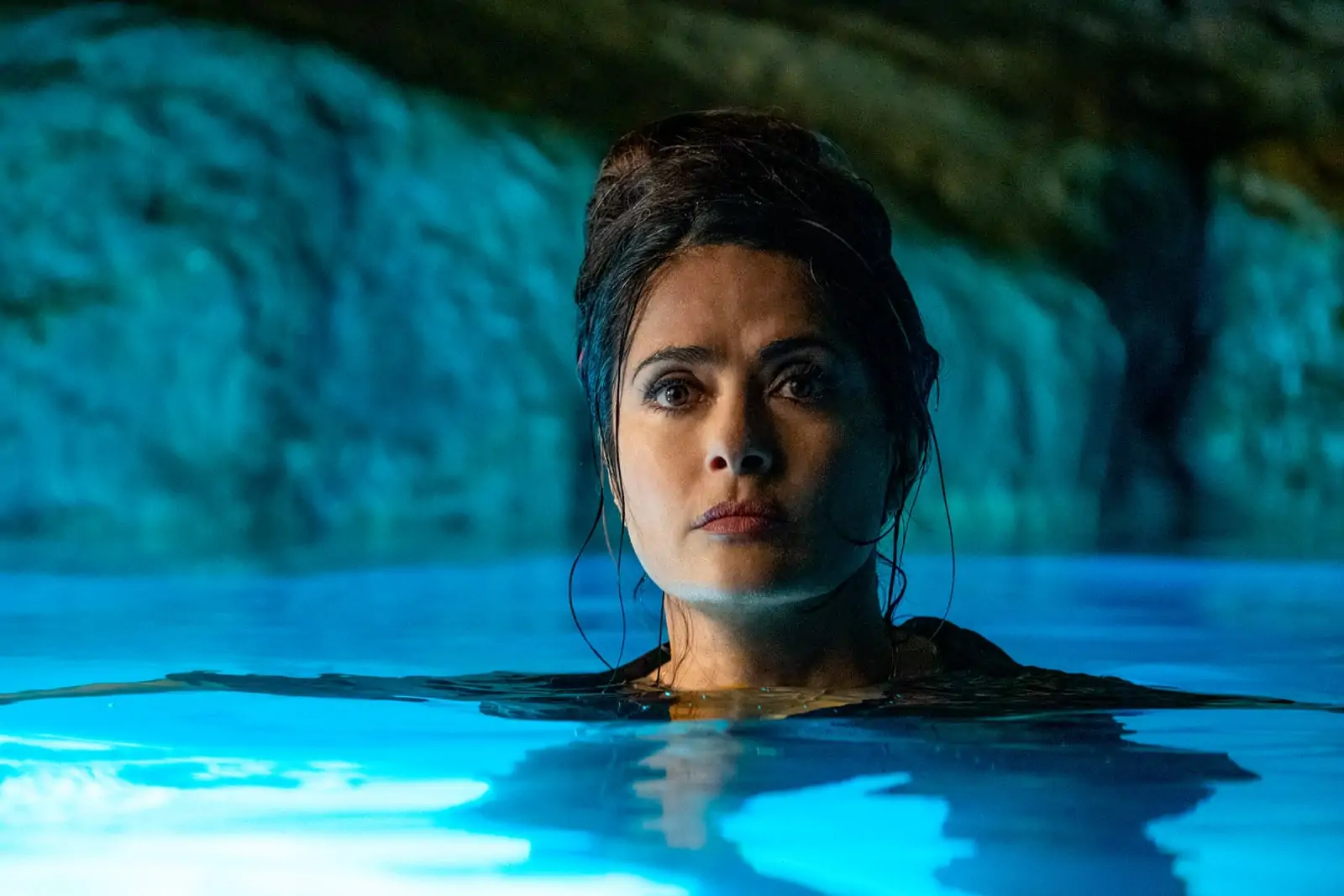
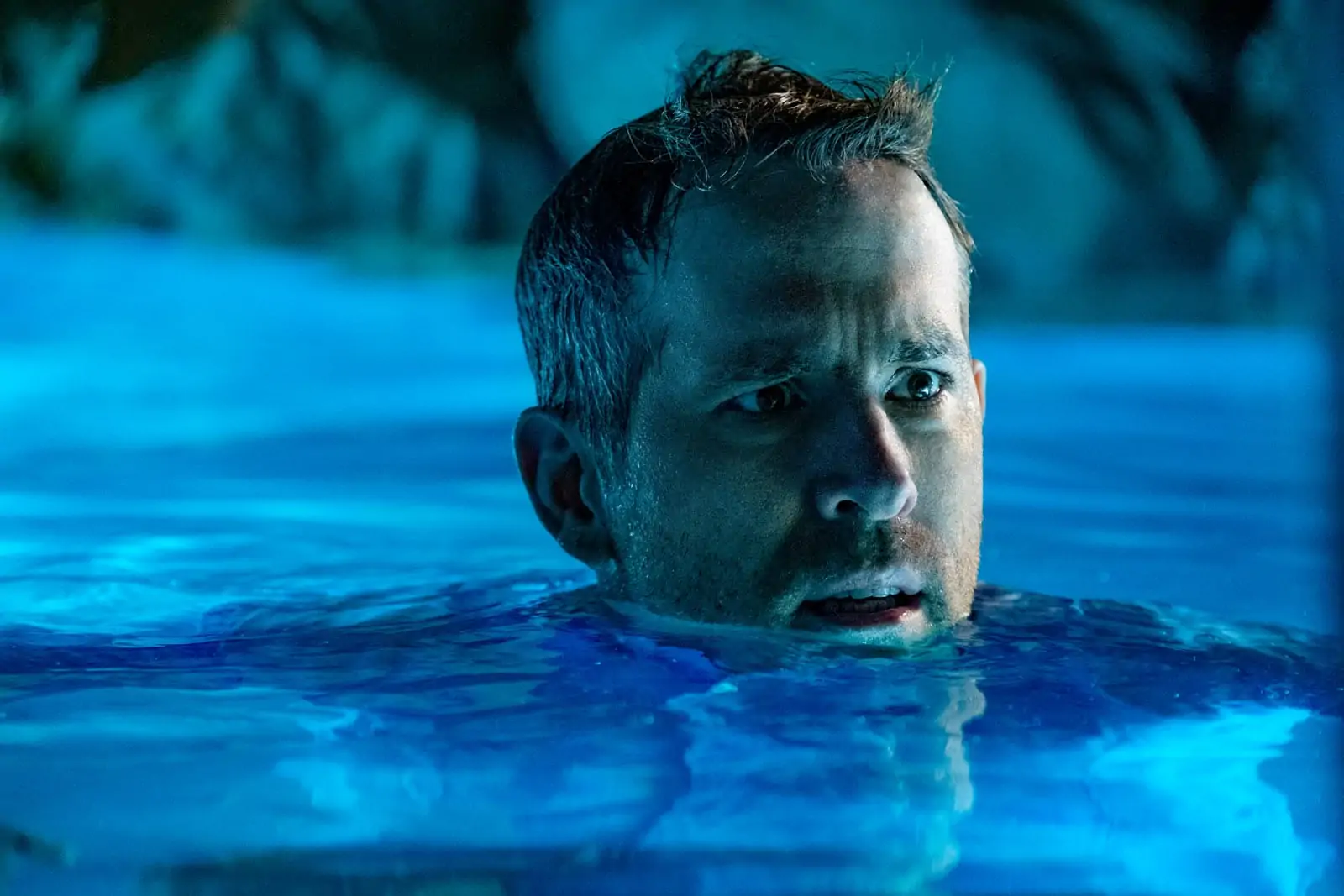
In video conference calls with Stacey, Taylor received instruction on what the show required. This included picture enhancement to match shots.
“The production had experienced some bad weather during the shoot, so a big part of my role was generating a warmer colour temp to apply to the footage,” she explained. “Another aspect was matching shots from A Camera ARRI Alexa LF with b-roll on action cameras for consistency.
“In any action film a mixture of cameras are utilised, and cameras like GoPros come into their own when equipment safety is compromised,” adds Taylor. “I found DaVinci Resolve’s textural toolset helped bed in these shots. The tools took the curse off the video aesthetic nature of these type of cameras.”
The remote collaborative workflow involved Taylor sending a DCP of graded scenes and sequences, to Stacey who reviewed and gave back notes over zoom. After taking in those notes, Taylor sent the DCP onto Hughes and Millennium in LA. This process was repeated every couple of days.
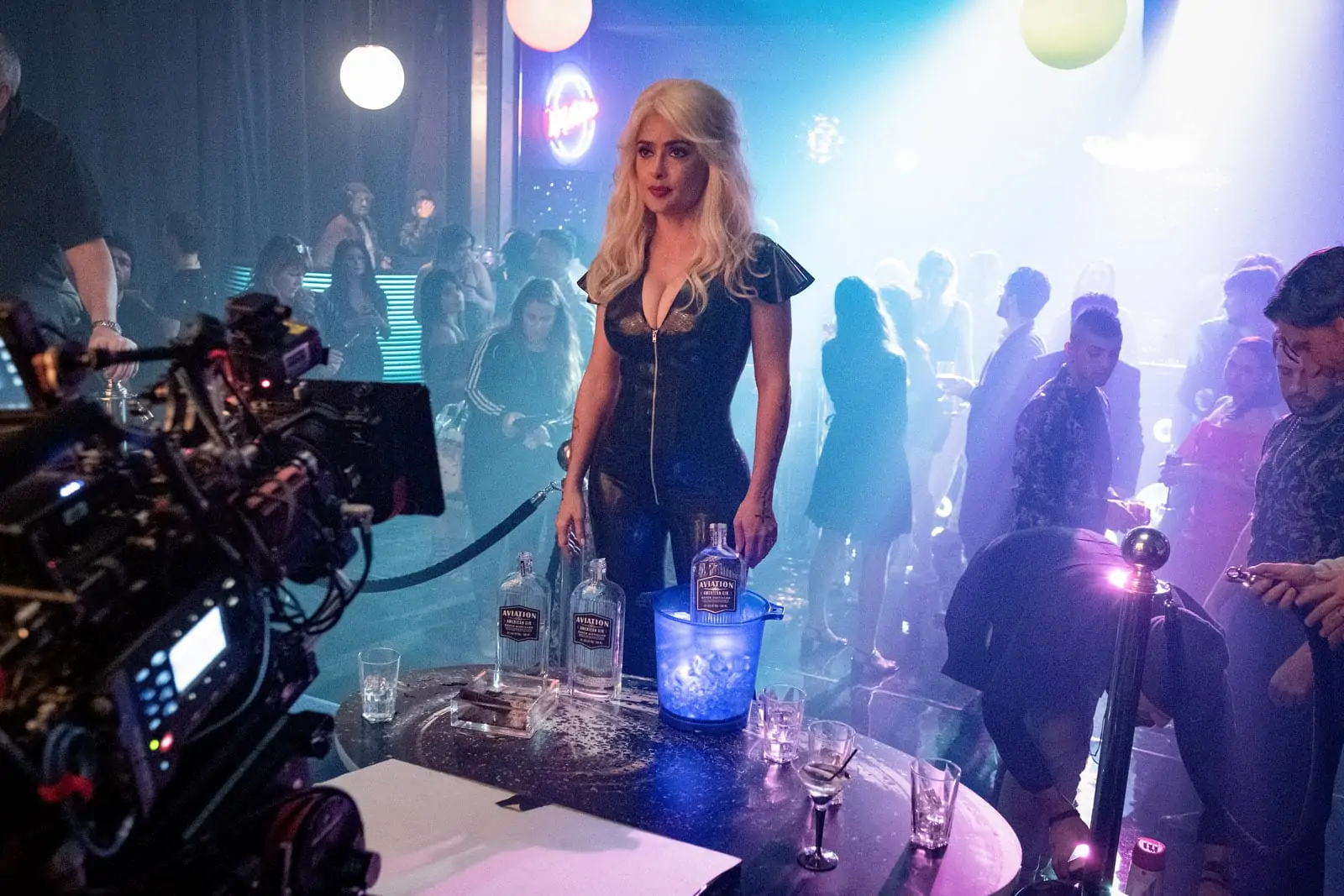

The film was conformed by online editor Tom Aston at Nu Boyana using DaVinci Resolve. “The main advantage of keeping Resolve central to our workflow was agility,” Aston said. “Round tripping through several boxes would have squandered precious time.”
“We had a constant flow of incoming VFX from WWFX, editorial updates, sound mixes. Gathering every department’s work and getting it into a DCP for review in a few hours was done daily without any drama.”
A local DaVinci Resolve project server enabled collaboration. “This was a game-changer,” Aston explained. “The system has been rock-solid, and we never looked back. Editorial turnovers came in as AAFs, and we worked from there. We had a blazing head start compared with a traditional EDL and optical list.”
The ‘Compare Timeline’ tool was a real time saver for Aston when updating the cut. “We returned XMLs to our VFX vendors to close the loop and give them visibility over thousands of VFX shots,” he explains.
Online also made good use of the Fusion tools to perform some last-minute cleanups. “You really don’t see the tiny floor marks and boom shadows until you view the picture on a huge screen,” Aston noted. “Fusion was invaluable in this regard.”
